In the world of industrial processes, precision and accuracy play a pivotal role in ensuring the efficient operation of machinery and the quality of final products. One crucial aspect of this precision is the accurate measurement of fluid flow rates, especially in industries that rely heavily on liquid substances like base oil.
Base oil, an essential component in the production of lubricants and various chemical formulations, serves as the foundation for many industrial applications. Therefore, the need for precise measurement of base oil flow rates is of utmost importance.
To meet this demand, the Coriolis mass flowmeter has emerged as a cutting-edge technology, revolutionizing the way industries measure and control the flow of base oil. This remarkable instrument operates on the principles of the Coriolis effect, providing unparalleled accuracy in determining fluid density, mass flow, and volume flow.
In this article, we will delve into the world of Coriolis mass flowmeters and their application in the measurement of base oil. We will explore their working principles, advantages, real-world applications, installation and calibration processes, as well as potential challenges and limitations. Additionally, we will take a glimpse into the future trends and innovations in this field, underscoring the significance of precision in base oil measurement for industrial success.
Let’s get started!
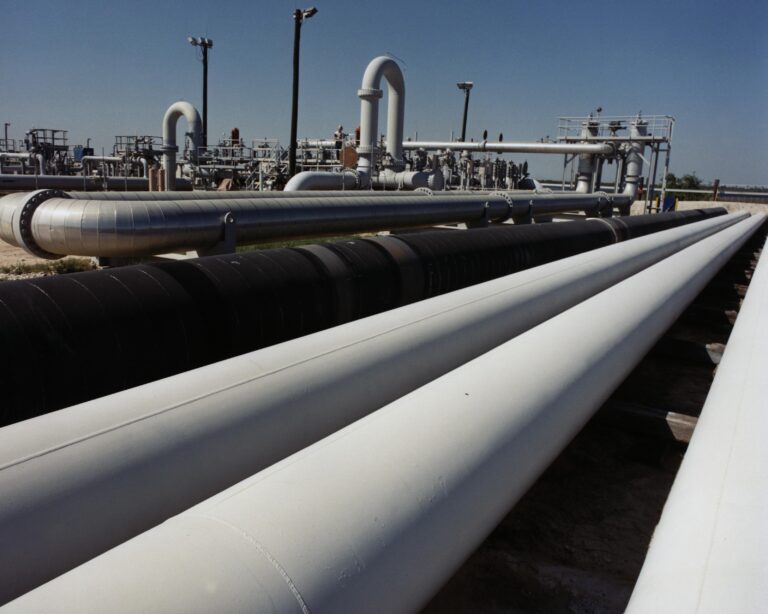
Base Oil
Base oil is an essential component, primarily derived from crude oil, and serves as the base for manufacturing lubricants, greases, and various industrial fluids. It exhibits distinct characteristics, such as viscosity, thermal stability, and chemical inertness, making it an ideal starting point for custom formulations. The quality and grade of base oil can vary, impacting the performance of the end products.
Base oil finds its applications in diverse industries, including automotive, aerospace, chemical manufacturing, and machinery lubrication. Its primary role is to reduce friction, dissipate heat, and protect moving parts, ensuring the efficient operation and longevity of machinery. Quality base oil is pivotal in meeting the specific needs of each industry.
In industrial processes that rely on base oil, precision in flow rate measurement is paramount. Accurate measurement ensures that the right amount of base oil is used, which directly influences the performance and durability of equipment. This is where advanced technologies like Coriolis mass flowmeters come into play, providing the high-precision measurements required to maintain the quality and consistency of base oil-related processes.
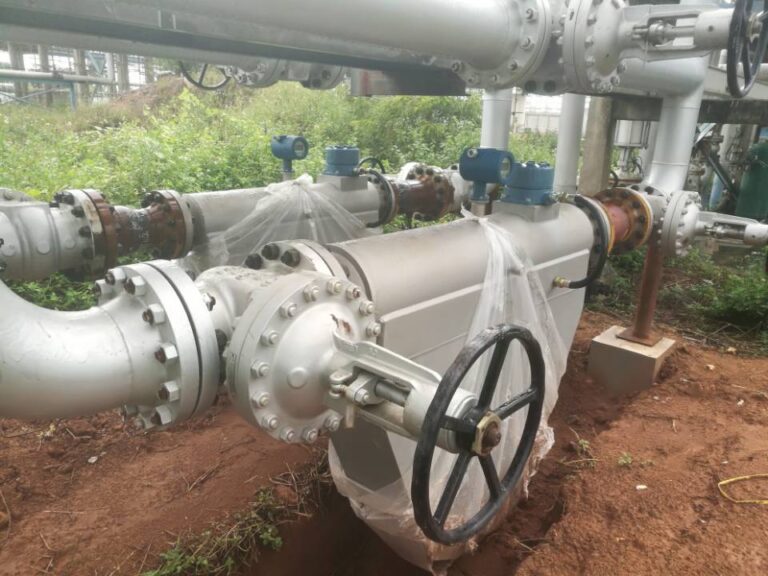
Coriolis Mass Flowmeter
The Coriolis effect is a fundamental physics phenomenon that comes into play when a fluid, like liquid or gas, is set into motion. As a fluid passes through the vibrating tube within a Coriolis mass flowmeter, it encounters a force resulting from its inertia, causing a minor deviation in the tube’s position.This deflection, or Coriolis effect, is proportional to the mass flow rate of the fluid. By measuring this deflection, a Coriolis mass flowmeter precisely quantifies the mass of the fluid passing through the tube. This principle is the foundation for its unparalleled accuracy in flow measurement, regardless of fluid properties or environmental conditions.
A typical Coriolis mass flowmeter consists of a tube or tubes through which the fluid flows. These tubes are excited to vibrate at a specific frequency. Sensors detect the tube’s displacement caused by the Coriolis effect, which is proportional to the mass flow rate. In addition to the vibrating tubes and sensors, a Coriolis flowmeter incorporates a transmitter to process the data and provide flow measurements.
Coriolis mass flowmeters excel at measuring fluid density and mass flow. The degree of tube deflection is directly related to mass flow, allowing for precise measurement. Furthermore, since density is a fundamental property of matter, Coriolis mass flowmeters can accurately calculate the fluid’s density as well. This combination of mass flow and density measurements provides valuable insights into the nature of the fluid being transported, making Coriolis flowmeters an indispensable tool in a wide range of industrial processes where accurate flow measurement is critical.
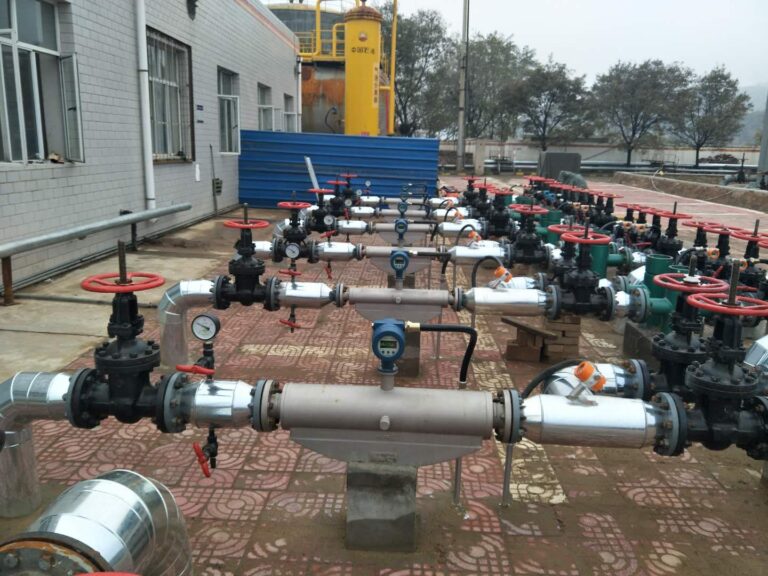
Application of Coriolis Mass Flowmeters in Base Oil Measurement
Coriolis mass flowmeters are particularly well-suited for base oil measurement due to their ability to provide high-precision readings. They excel in determining not only the volume flow but, more importantly, the mass flow of base oil. This is achieved through the Coriolis effect, a physics phenomenon that accurately measures the inertia of the flowing fluid, offering unparalleled accuracy.
In industries like lubricant production, where precise formulation and quality control are paramount, Coriolis mass flowmeters ensure that the right amount of base oil is added to achieve the desired specifications. Their resistance to variations in fluid properties, such as temperature, viscosity, and pressure, allows for consistent and reliable measurements, which is critical for maintaining product integrity.
Furthermore, the application of Coriolis mass flowmeters extends beyond the laboratory. Industries such as automotive, aerospace, and chemical manufacturing rely on these meters to optimize their processes, reduce waste, and enhance overall efficiency.
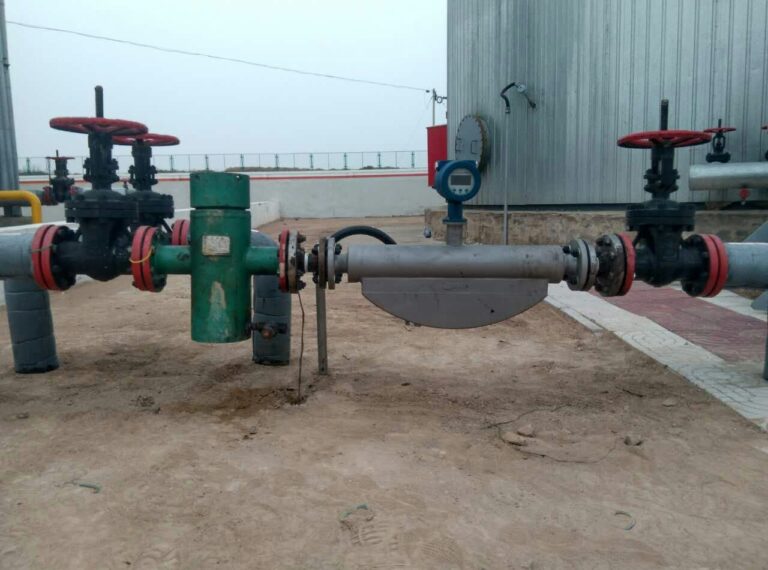
Installation and Calibration
Coriolis mass flowmeters are renowned for their precision in base oil measurement, but to ensure their accuracy and reliability, proper installation, and regular calibration are paramount. In this section, we’ll explore the best practices for installing these meters, underscore the importance of calibration and maintenance, and detail the steps necessary to adjust for specific base oil properties.
Best Practices for Installing Coriolis Mass Flowmeters in Base Oil Measurement Systems:
- Location and Orientation: Select a suitable location for installation, ensuring that the flowmeter is easily accessible for maintenance and calibration. Proper tube orientation is crucial, as it impacts the meter’s performance. Horizontal alignment is typically preferred to minimize errors.
- Upstream and Downstream Piping: Maintain a straight pipe run with minimal disturbances, such as bends and fittings, both upstream and downstream of the flowmeter. This minimizes flow disturbances that can affect accuracy.
- Proper Grounding: Ensure proper grounding to prevent electrostatic interference, which can disrupt the flowmeter’s measurements.
- Flow Conditioner: In cases where the fluid flow is not stable, consider using a flow conditioner to create a uniform flow profile before the fluid enters the meter.
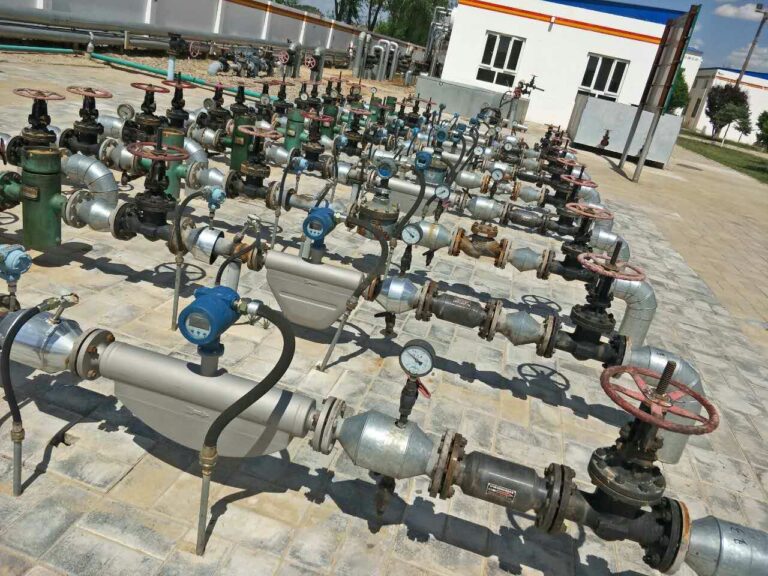
Importance of Regular Calibration and Maintenance to Ensure Accuracy:
- Scheduled Calibration: Regular calibration is essential to ensure that the flowmeter maintains its accuracy over time. This involves comparing the meter’s measurements to a reference standard and making necessary adjustments.
- Maintenance Checks: Implement a routine maintenance schedule to inspect for wear and tear, ensure the cleanliness of the system, and address any issues promptly. Maintenance is vital for the long-term reliability of Coriolis flowmeters.
- Personnel Training: Ensure that maintenance and calibration tasks are performed by trained personnel who understand the intricacies of Coriolis flowmeters and the specific base oil properties being measured.
Steps to Ensure Proper Calibration and Adjustment for Specific Base Oil Properties:
- Understanding Base Oil Properties: Thoroughly grasp the properties of the base oil being measured, including viscosity, density, and temperature characteristics. Different base oils may require specific adjustments.
- Calibration Standards: Utilize calibration standards that closely match the properties of the base oil to be measured. This ensures accurate calibration and reduces measurement errors.
- Real-Time Monitoring: Implement real-time monitoring and data analysis to identify any variations in base oil properties. Adjust the flowmeter settings as needed to maintain precision.
- Traceability: Maintain a record of calibration and adjustment activities, ensuring traceability for compliance, auditing, and quality control purposes.
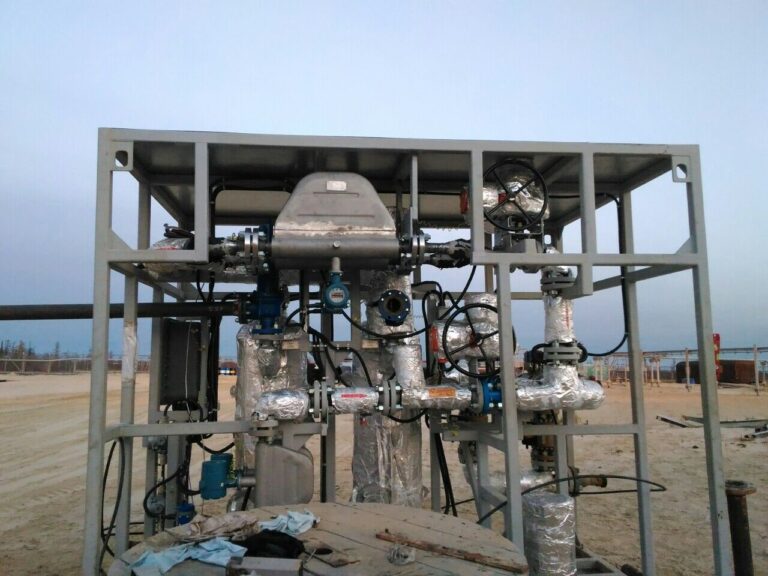
Challenges and Limitations
Despite their many advantages, Coriolis mass flowmeters are not without their challenges and limitations in the context of base oil measurement. One common challenge is the potential for tube fouling, which can occur when the base oil contains contaminants or solid particles. This fouling can disrupt the meters’ accuracy and require more frequent maintenance. Additionally, Coriolis mass flowmeters can be relatively expensive to install and maintain, which may pose a limitation for smaller businesses or applications with budget constraints. Furthermore, these meters can have limitations in measuring extremely low flow rates, making them less suitable for applications requiring high precision at minimal flow.
To address these challenges, industries can implement filtration systems to reduce the risk of tube fouling, ensuring the base oil is as clean as possible. Regular maintenance and cleaning schedules can also help mitigate the impact of fouling. Regarding cost considerations, businesses can evaluate the long-term benefits and savings associated with Coriolis flowmeters compared to other measurement methods. When dealing with low flow rates, it’s essential to choose the appropriate meter size and configuration to optimize performance.
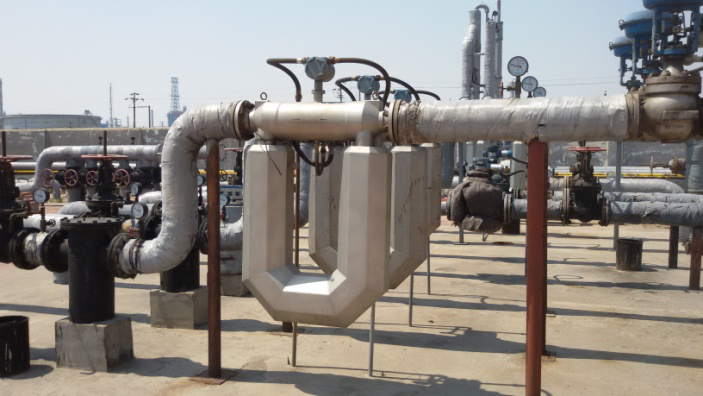
Future Trends and Innovations
Coriolis mass flowmeter technology continues to evolve, offering even greater precision and adaptability. Newer models are equipped with advanced digital signal processing, allowing for enhanced measurement accuracy and real-time data analysis. These innovations enable Coriolis mass flowmeters to perform optimally in a wider range of applications and under more challenging conditions.
The future of Coriolis mass flowmeters may include improvements in materials and design to enhance their resistance to tube fouling. Furthermore, current research endeavors seek to broaden the scope of accurately measurable flow rates, enhancing their versatility even further. Innovations in connectivity and data integration are likely to simplify data analysis and reporting, streamlining industrial processes.

Conclusion
In conclusion, the use of Coriolis mass flowmeters in measuring base oil has revolutionized the precision and efficiency of industrial processes. With their unparalleled accuracy, resistance to fluid properties, and long-term cost benefits, these meters have become indispensable tools in various industries, including lubricant production, chemical manufacturing, and automotive sectors. The precise measurement of base oil flow rates facilitated by Coriolis mass flowmeters ensures the quality and consistency of products, contributing to the seamless operation and prolonged lifespan of machinery. As industries continue to prioritize accurate flow measurement, the adoption of Coriolis mass flowmeters remains a vital step towards enhancing overall productivity and product excellence.
